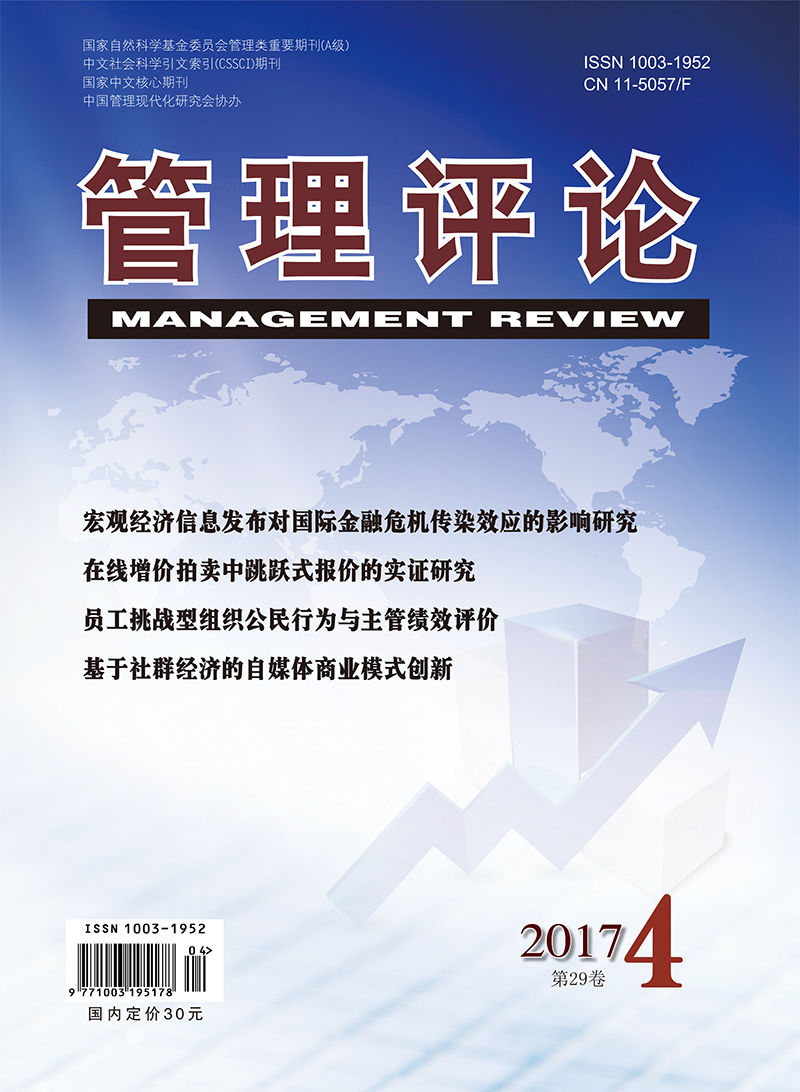Consumer-generated Media (CGM) is an umbrella name of micro-blog, SNS, blog, virtual community and other personal media platforms. Customer creation under the CGM refers to the creation behavior and process during which customers make, post, or recreate a variety of contents, and customers can perceive experiential value. Taking micro-blog as an example, and based on the content analysis of interview from 26 micro-blog users, this paper finds that: created contents on micro-blog are mainly about daily experiences; marketing efforts of enterprises, rewards on micro-blog platform, other users creation behaviors and encouragements are influential factors of customer creation; autonomy, esteemed and social motivations are main creation motivations; customers perceive social relation, social identity, and entertainment creation experiential values during and after creation process. Enterprises should impose on influential factors of creation behavior, stimulate creation motivation through customer daily experience, and make marketing strategies in terms of creation behaviors and experiential values, and then influence customer creation behaviors. Research results of this paper are helpful for marketers to understand micro-blog user behaviors, and theoretically supportive for simulating customer creation behaviors, making effective marketing communication based on customer created contents.

